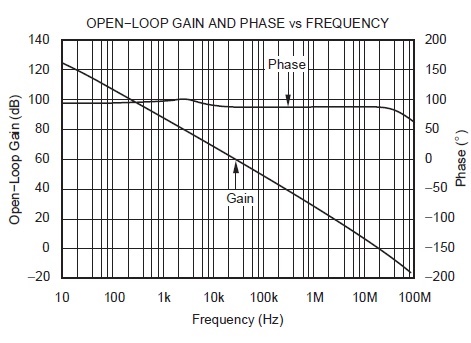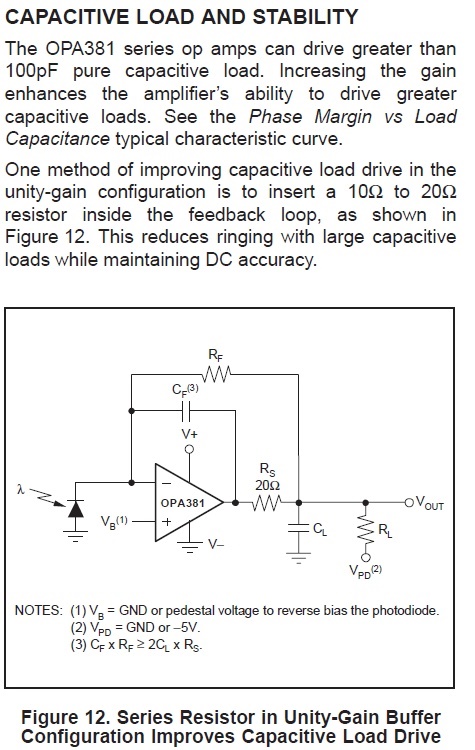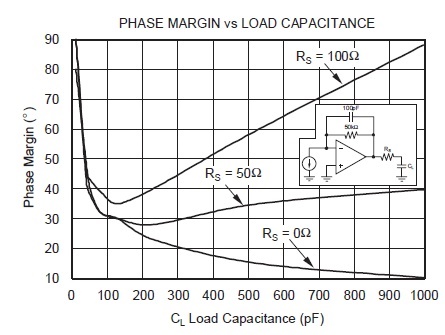Team,
Can you please assist me with the following OPA381 stability question that came from JDSU?
Please read customer's comments for details.
"In the OPA381 data sheets, I read the max cap, which is 100 pF to have decent margin. RS=0, in our case. In the figure (top left), 50K (RF) is
In parallel with 100 pF (CF). If we assume our load is not capacitive, say, it is 1K ohm to the ground.
For some applications, we need BW as low as 10 KHz for our TIA. Can we have CF > 100 pF ;
For an example, f 3-dB = 1/ (2piRFCF) -à 50K and 1 nF => f 3-dB = 3.18 KHz. Would this CF = 1nF create in instability or erode into phase margin?
Note: OPA381’s cost is very attractive for low-cost products, I plan to go for OPA381 in place of OPA380."




